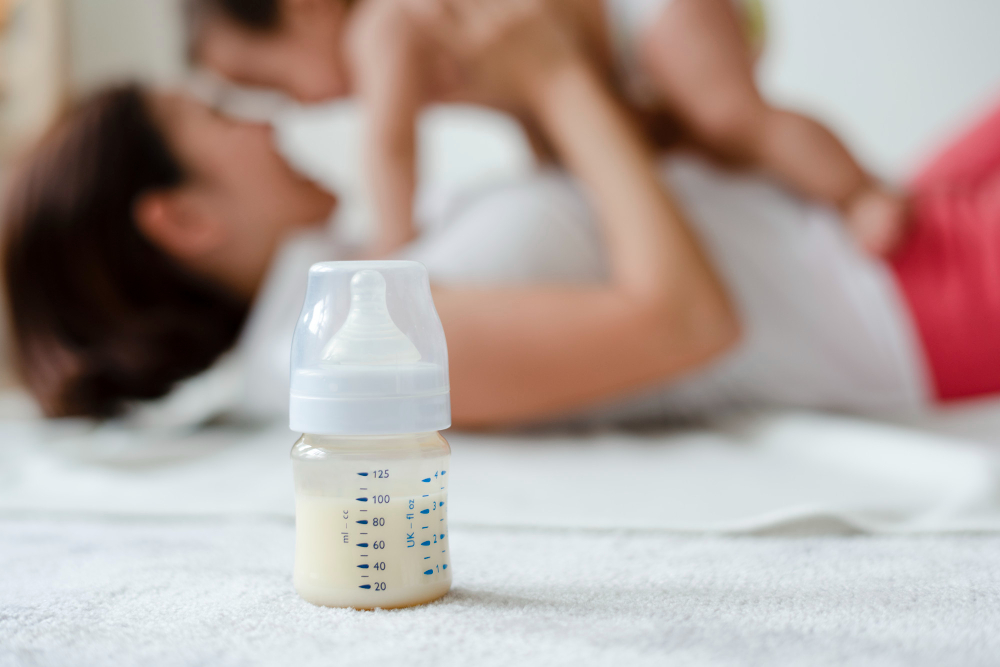For many mothers, breastfeeding is a beautiful and natural way to provide their babies with essential nutrients and a strong bond. However, there are moments when you might require storing breast milk and pump, whether for work, travel, or other reasons. Properly storing breast milk is crucial to ensure that your baby continues to receive the best nutrition. In this blog, we will dive deep into what you need to know about storing breast milk safely and effectively.
Why Is Proper Storage Important?
Breast milk is often referred to as “liquid gold” for a good reason. It is a highly nutritious and dynamic substance that changes to meet your baby’s needs. Proper storage maintains these essential nutrients and protects against bacterial contamination. Here’s what you should keep in mind:
Storage Containers
The container you use is crucial. Opt for BPA-free, food-grade plastic or glass containers with airtight seals for storing breast milk. Make sure they’re clean and sterilized before use.
Labeling
Always label the containers with the date when you pumped the milk. This helps you use the oldest milk first (first in, first out), ensuring your baby gets the freshest supply.
Temperature – Storing Breast Milk
The temperature at which you store breast milk affects its quality. Freshly pumped milk can be stored at room temperature (around 77°F or 25°C) for up to 4 hours. If you can’t use it within that time, refrigerate it immediately.
Refrigeration
Breast milk can be stored in the refrigerator for up to 3-5 days at 32-39°F (0-4°C). Place it toward the back where the temperature is more stable, rather than in the door when storing breast milk.
Freezing
To store breast milk for an extended period, consider freezing it. It can last in a standard freezer (0°F or -18°C) for about 6-12 months. In a deep freeze (around -4°F or -20°C), it can last up to 12 months or longer.
Thawing – Storing Breast Milk
When you’re ready to use frozen milk, thaw it in the refrigerator or warm it in a bowl of warm water. Avoid using the microwave as it can create hot spots that might scald your baby.
Mixing Fresh and Frozen Milk
It’s safe to mix fresh breast milk with frozen milk. Just be sure to cool the freshly pumped milk before combining it with the frozen portion to avoid heating the frozen milk.
Avoiding Refreezing
Once breast milk is thawed, do not refreeze it. Use it within 24 hours.
Breast Milk Bags
If you’re using breast milk storage bags for storing breast milk, squeeze out as much air as possible before sealing. This reduces the risk of freezer burn and maintains milk quality.
Maintaining Hygiene
Always wash your hands before handling breast milk, and clean your breast pump parts thoroughly after each use.
Properly storing breast milk is a vital aspect of providing your baby with the best possible nutrition. By understanding the guidelines and following the best practices, you can ensure that your baby receives the benefits of your “liquid gold.” Remember that breast milk is a precious resource, and taking care of its storage is an essential part of your parenting journey. Whether you’re a new mom or a seasoned pro, knowing how to store breast milk safely will give you peace of mind and help your little one thrive.

